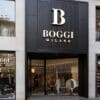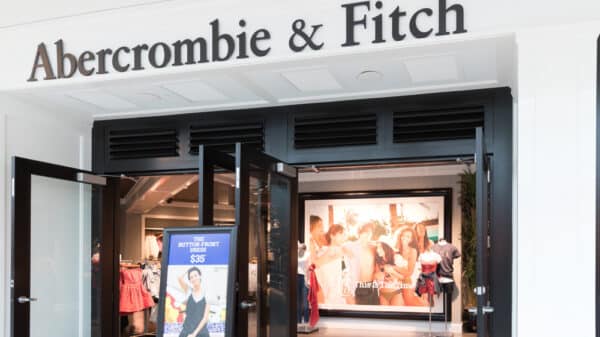German sandal manufacturer Birkenstock is experiencing a surge in demand for its clogs and shoes among affluent consumers, prompting the company to revise its revenue expectations for the fiscal year 2025. This uptick in sales is remarkable, especially considering the recent price hikes implemented to counteract rising costs.
Financial Forecasts and Growth Projections
Birkenstock has elevated its sales expectations to a minimum of 2.09 billion euros (approximately $2.45 billion), reflecting a substantial growth of around 17.5% when adjusted for constant currency rates compared to the previous year. Initially, the company anticipated year-end revenue growth toward the higher end of its forecast range of 15% to 17%.
In particular, Birkenstock expects to record at least 520 million euros in sales during the fourth quarter, which would represent an impressive 18% increase year-on-year for that three-month period. This substantial growth showcases the brand’s resilience in a competitive landscape.
Pricing Strategies and Consumer Demand
To offset the impact of a 15% U.S. tariff on European imports, Birkenstock has proactively increased its prices. Despite potential deterrents, consumer interest in their offerings remains robust. Notably, their suede leather closed-toe Boston clogs retail for as much as $275 online, yet they continue to attract buyers. This indicates that the brand’s premium positioning resonates well with its target demographic.
Operational Strategies Amidst Challenges
A significant contributor to Birkenstock’s adaptability in the face of rising tariffs is its commitment to efficiency. With approximately 95% of its production taking place in Germany, the company has focused on fine-tuning its factories and logistics to reduce production costs while maintaining high-quality standards.
Recently, Birkenstock announced the acquisition of a production facility near Dresden, Germany, for 18 million euros. This strategic move is designed to bolster its manufacturing capacity, with the site expected to commence operations by the end of fiscal 2027. Such expansions are vital for sustaining growth and meeting the increasing demand for the brand’s products.
Financial Health and Future Outlook
Alongside its revenue expectations, Birkenstock has retained its target for adjusted earnings before interest, taxes, depreciation, and amortization (EBITDA) at a growth rate of 31.3%-31.8% for the year concluding on September 30. This indicates a strong financial position and a clear strategy aiming for sustained long-term success.
In summary, Birkenstock has adeptly navigated market challenges to elevate its revenue forecasts while successfully catering to a growing base of affluent consumers. Through strategic price adjustments, operational efficiencies, and proactive expansions, the brand is not just weathering economic pressures but thriving amid them. With a solid outlook and ambitious plans, Birkenstock is firmly positioned to continue its momentum in the footwear market.




























